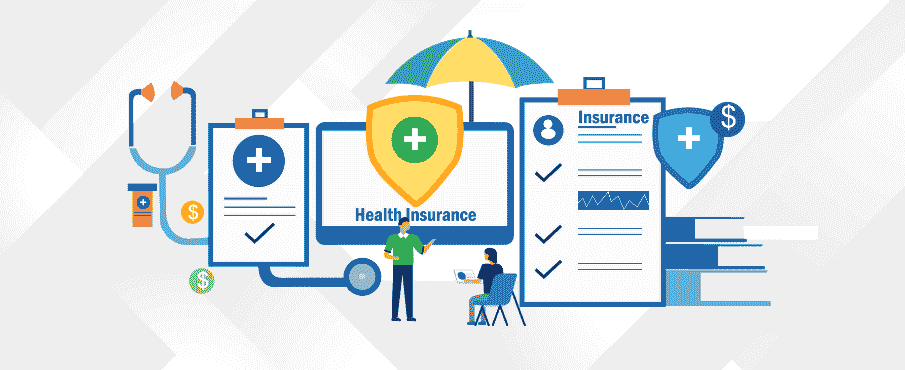Insurance in 2025: Smarter, Faster, and More Personalized Than Ever


New York, August 10, 2025 —
The insurance industry is undergoing a quiet revolution in 2025. Powered by artificial intelligence, real-time data, and customer demand for transparency, today’s insurance is no longer just about paper policies and long wait times—it’s about instant quotes, dynamic coverage, and tailored solutions.
From health and life insurance to auto and cyber policies, insurers are reinventing the customer experience while governments and regulators play catch-up.
Tech Is Changing Everything
One of the most significant shifts this year is the use of AI and machine learning to assess risk more accurately. Insurance companies are now analyzing data from wearable devices, smart cars, and even social media to create personalized insurance packages.
-
Health insurers now offer discounts to customers who wear fitness trackers and maintain healthy habits.
-
Auto insurers are using real-time driving data to adjust premiums monthly—rewarding safe drivers with lower rates.
-
Home insurance providers now use satellite imagery and climate modeling to assess risk from floods, wildfires, and storms.
“This is no longer a one-size-fits-all industry,” said Laura Kim, Chief Innovation Officer at ShieldTech Insurance. “Customers expect flexibility and personalization, and we now have the tools to deliver it.”
Microinsurance Gains Ground
For people in developing regions or those living paycheck to paycheck, microinsurance—small, affordable policies that cover specific events—has exploded in popularity. These bite-sized policies cover things like short hospital stays, crop damage, or phone theft, often for just a few dollars a month.
Fintech platforms and mobile apps make it easy to enroll, manage, and claim, making insurance more accessible than ever before.
Cyber Insurance Becomes Essential
With cyberattacks on the rise in both personal and business settings, cyber insurance is now a must-have. In 2024 alone, ransomware attacks cost U.S. companies over $20 billion. In 2025, more small businesses are purchasing cyber policies to protect against data breaches, phishing scams, and system outages.
“Cyber insurance has gone from optional to essential,” said Raj Patel, a cybersecurity risk advisor. “Even small cafes with point-of-sale systems are now at risk.”
Climate Change Is Raising Premiums
One of the biggest challenges in 2025 is how climate change is impacting insurance costs. With wildfires in California, hurricanes in Florida, and floods in the Midwest, homeowners in high-risk zones are seeing massive premium hikes—or being dropped entirely by their insurers.
In response, some governments are stepping in with subsidized insurance programs, while startups are exploring decentralized insurance pools powered by blockchain.
Final Thoughts: A New Era for Insurance
In 2025, insurance isn’t just something you buy and forget—it’s something you interact with. From dynamic pricing to real-time risk monitoring, the industry is becoming more responsive, fair, and data-driven.
But challenges remain. Affordability, digital access, and privacy concerns still need to be addressed. As we move forward, one thing is clear: the future of insurance is smarter, faster, and more personal.








